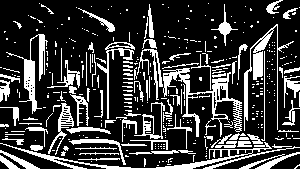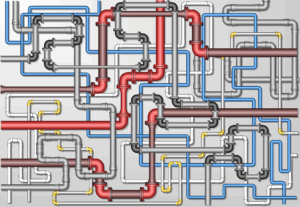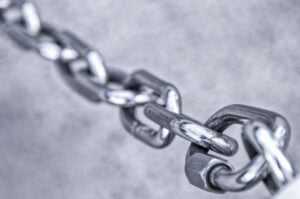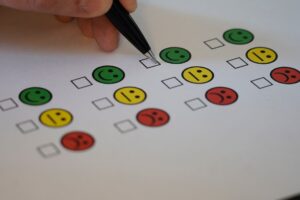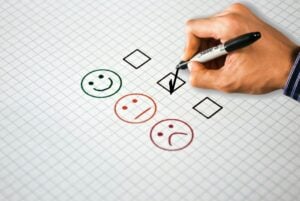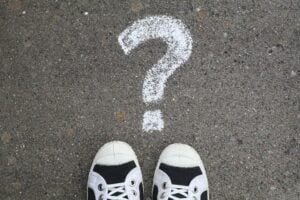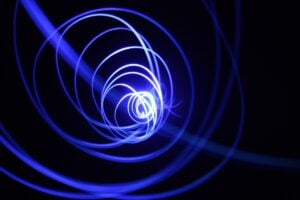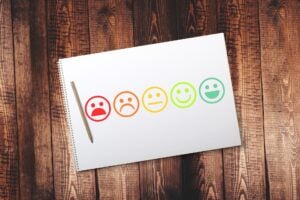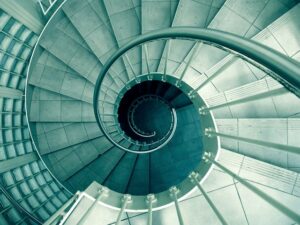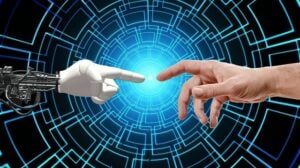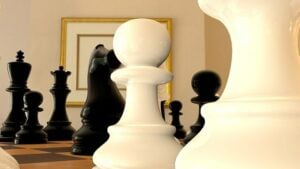Understanding Good and Bad Friction for Your Customers
Yu starts the conversation with a movie reference: “Ever watched the movie, Wall-E? Do you remember how the humans are basically sitting in these floating chairs. And even if they need a drink, there’s a floating cup with a straw that goes right into their mouth, and they’ve literally put forth no effort. No effort, and they look like big amoebas. And it’s funny how Disney movies can be predictions of what the future might look like if we take away all friction,” he says.
Of course, there’s not really one type of friction, points out Yu. It about identifying the positive and the negative friction.
“Not all friction’s created equal, there’s a lot of bad friction. And stuff that quite frankly frustrates us, things that create uncertainty or risk. Things that are redundant. We definitely need to eliminate all that. But there’s a lot of good friction in the world. Stuff we actually need to have such as great, strong personal relationships, good relationships with brands and creating loyalty, and things that actually create what I call happy chemicals, which help us create dopamine, oxytocin, serotonin, endorphins, even adrenaline. All those things are not created when things are too easy. The book really looks at how we create happy chemicals through good friction, what are the seven types of good friction, and how do we actually bring them to bear in product services, employee relationships, companies and individuals,” says Yu.
Two examples given in the book is that customers need to do superhuman tricks to get a North Face jacket and they are thrilled when they do it. And the popsicle hotline is an effort by an otherwise nondescript hotel, which beats out every other hotel in terms of ratings because they have created these things which are more difficult than they need to be and thus, have created memorable experiences.
“Those are two great examples of where companies have actually made it harder for you to either get a product or to do a transaction or to participate in the brand. Let’s look at the North Face one,” he says. “There’s a store in South Korea. And it’s set up in a way where one of the walls has all the rock climbing sort of nubs. And they usually get one customer into it and then the store staff just sort of sneaks out, closes the door and turns on a button. And what happens is the floor actually starts coming out from under the customer. In a way where basically it’s pushing the customer towards the wall with all the rock climbing nubs. And so naturally, the customer starts freaking out. I better grab these nubs. And then a screen pops down, says you have thirty seconds. While that screen comes down, the top of the line jacket also comes down from the ceiling. And it says you have thirty seconds, and if you grab this jacket, it’s yours. And so naturally, it’s way up there. So you actually try to do a little bit of rock climbing, get to a level where you can jump and sort of feel confident enough that you’re not going to fall and can try for the jacket. All the customers are doing that and it became such a big hit.”
Yu continues, “What it really did is it created the idea that, it’s not just about going into a North Face store and having a transaction. It’s about engaging with the brand and the idea that if you’re going to wear this jacket, what do you want to do with it? You probably want to go explore the world. You probably want to go climb or go take a path. And this is part of that journey. We’ve simulated it in the store for you and guess what? On top of that, there’s a reward. You may or may not get it. And the excitement of both the serotonin that comes out when you feel that there’s something to accomplish. And then the dopamine that is elicited in terms of doing it. Can I get it? You know, if I work at it, maybe I’ll grab it. And then when you actually get it, the high of that dopamine, all that creates what I call good friction. People remember it. And because of store experiences like that The North Face in Korea is the most profitable North Face in the world.”
Operationalizing Good Friction in Your Business
When talking to innovators, those that are responsible for making sure that we transform our products, businesses, and industries: What are the keys to making sure that it is actually good friction and you don’t fall into a bad friction spell? How do you practically operationalize the idea of good friction?
Yu explains, “We work with a lot of companies in terms of helping them rethink either designing their product or designing their experience. Let’s just take a typical experience. First thing we do is we actually map out the moments. We take a typical customer journey. We create a diagram of the journey. We want to figure out what are the moments inside of that journey that are the most pivotal that have either opportunities for getting rid of bad friction or opportunities potentially of inducing good friction. Understand why that might be. The first step is to create a canvas potentially, then to think about adding good friction.”
See the video from FEI for more on Seth Adler’s conversation with Soon Yu, as they discuss good and bad friction, Disney’s initiatives to delight the customer, the year of uncertainty, artificial intelligence and more.
Contributors
-
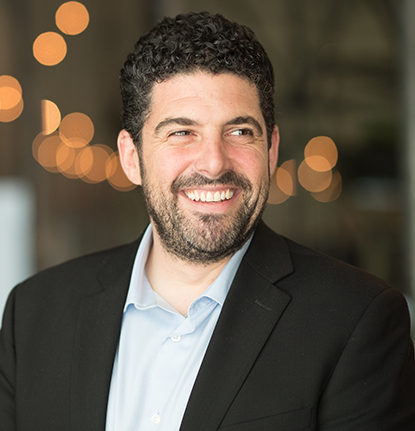
Seth Adler heads up All Things Insights & All Things Innovation. He has spent his career bringing people together around content. He has a dynamic background producing events, podcasts, video, and the written word.
View all posts -

Matthew Kramer is the Digital Editor for All Things Insights & All Things Innovation. He has over 20 years of experience working in publishing and media companies, on a variety of business-to-business publications, websites and trade shows.
View all posts


